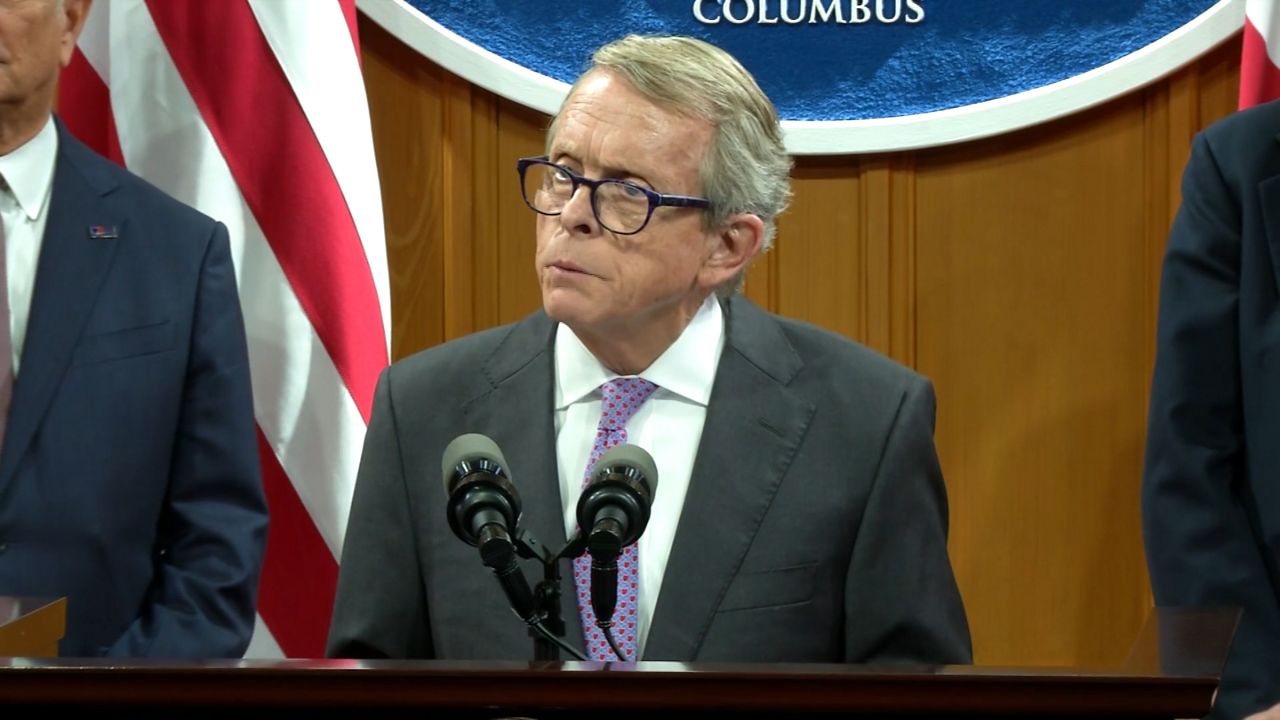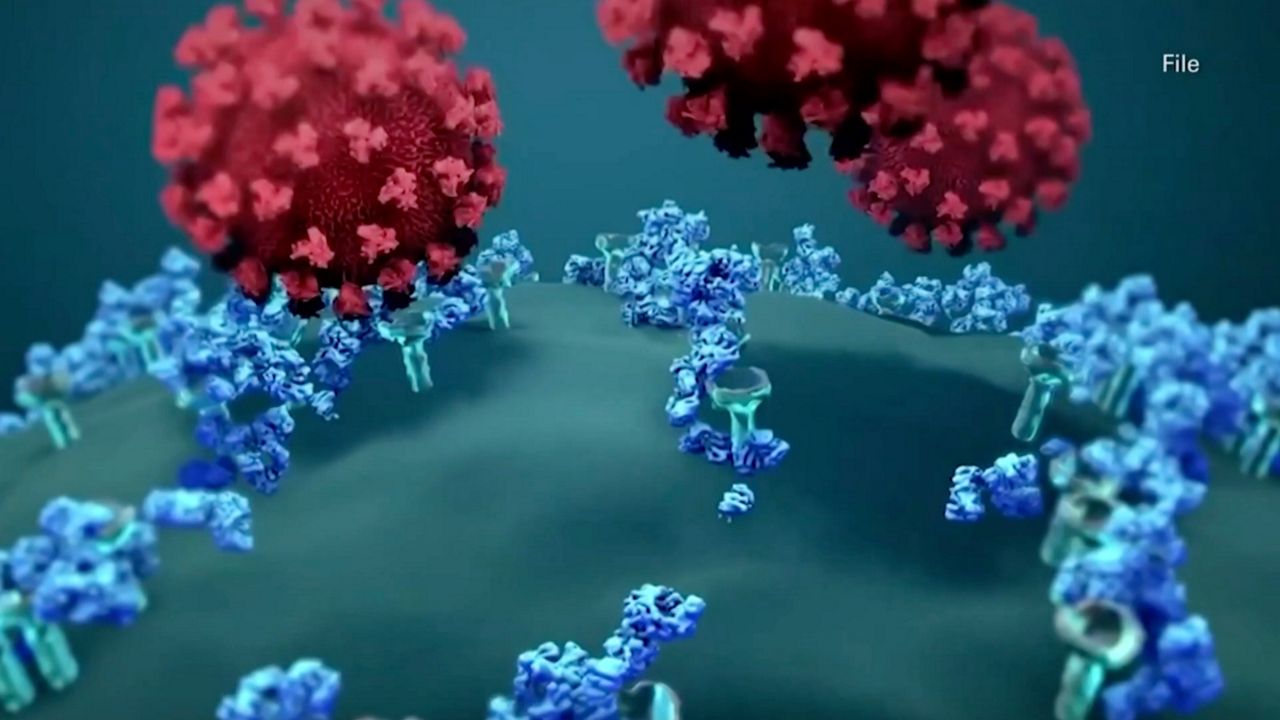COLUMBUS, Ohio — The state is expected to let its curfew expire Thursday nearly three months after the measure took effect, following recent downward trends in coronavirus cases and hospitalizations.
At the recommendation of Ohio Department of Health Chief Medical Officer Dr. Bruce Vanderhoff, Gov. Mike DeWine announced on Jan. 26 a phased approach to lifting the curfew.
The plan was tied to hospitalization levels. As patients numbers dropped to specific targets, the state said it would ease the 10 p.m. – 5 a.m. curfew back to 11 p.m. and then to midnight.
To end the curfew, Ohio needed seven days of COVID-19 hospitalizations under 2,500. As officials monitored the numbers, hospitalizations dropped so quickly Ohio skipped ever having a midnight curfew.
The state reported 1,922 patients were hospitalized with COVID-19 Wednesday — the ninth-consecutive day Ohio has been under 2,500 hospitalizations.
The state’s seven-day case average was 3,130. Hospitals reported 508 patients were in intensive care units and 330 were on ventilators.
Following a December peak in hospitalizations when the number of patients was nearly three-times higher than current levels, hospitalizations declined steadily through January and the trend has continued in February.
The curfew was announced on Nov. 17 as a three-week measure, but it was repeatedly extended. The state most recently extended the curfew on Jan. 28, with an expiration set for Feb. 11 at 12:01 p.m.
The governor said if hospitalizations rise back above 2,500, the state could reenact the curfew.
“Just as a caution, if these numbers start going back up, we may have to put the curfew back on. We're going to continue to monitor this," DeWine said.
According to the Ohio Department of Health, the state’s hospitals become strained when more than 2,500 people are being treated for COVID-19. Above that level, routine diagnostic and procedural care are impacted.
On Tuesday, DeWine said legislators had asked his office for “benchmarks” to end the curfew.
“We decided that the best thing to look at, Dr. Vanderhoff — actually, it was his idea — said the best thing we can look at is hospitalization of COVID. And so, we said that if we drop below 2,500, we will be able to take the curfew off. And those numbers have continued, as you've seen, to go down,” he said during his news conference.
As of Wednesday’s update, Ohio has administered COVID-19 vaccines to 1,106,417 people, which is 9.47% of the population, and 929,000 residents have contracted the virus, 7.9% of the state. According to Centers for Disease Control and Prevention scientists, most cases go undetected, meaning the true level of immunity in the population from vaccines and natural infections may be a third or half of the state, experts said.
With a boost from the vaccines, average daily case numbers have dropped by about two-thirds since Ohio began distribution in mid-December when cases were at record highs. The governor said hospitalizations declines have more direct cause and effect with vaccines because large numbers of nursing home and assisted-living residents are no longer being hospitalized with COVID-19.
Some counties have already taken the step to let their curfews expire. Franklin County along with the city of Columbus ended stay-at-home advisories Saturday, and Cuyahoga County said earlier this week it let its curfew expire on Jan. 31. Despite curfews ending, local officials are encouraging residents to stay home and keep practicing social distancing measures.
Ohio’s falling hospitalizations and cases follow a nationwide trend. On Tuesday, there were 92,666 COVID-19 diagnoses across the nation, which marked the third day in a row with cases below 100,000, according to Johns Hopkins University.
That hasn’t happened since the end of December.
In mid-January, an average of 130,000 people had been hospitalized. On Tuesday, the number was 80,000.
The numbers are also declining on a global scale. According to the World Health Organization, COVID-19 deaths declined for a second-straight week. Deaths last week dropped 10% compared to the previous week.
Around 3.1 million cases were reported last week, which is the least number of cases documented since October.








